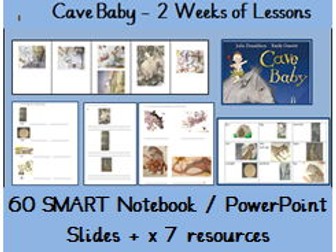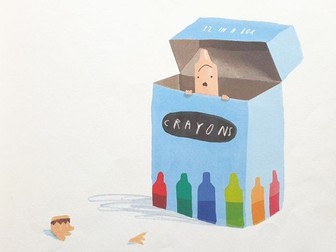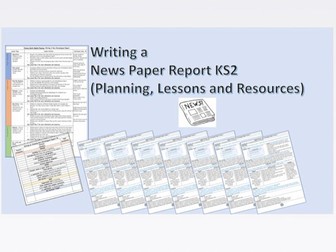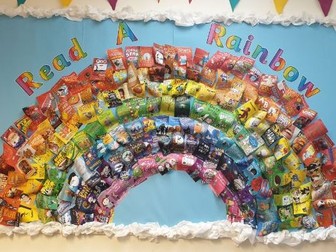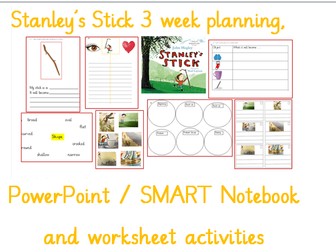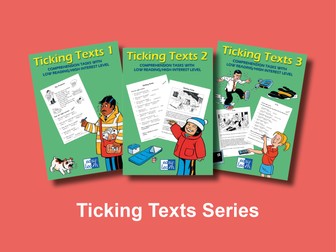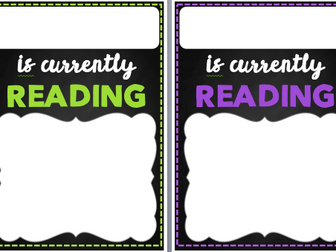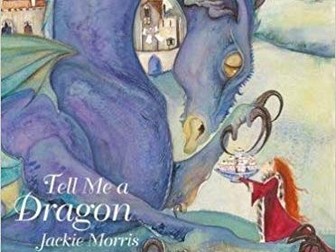
Cave Baby year 1 planning and resources
SMART notebook Slides (50 + slides) and PowerPoint Slides (50 + slides)
With 10 Step by Step lessons incl learning intention and Success Criteria:
7 x Word Activity Documents
1 x story map writing and drawing a picture
1 x sequencing pictures from story
1 x labelling animals in story
1 x Cave Baby word mat
1 x Retelling the story using images
1 x Rhyming Word sheet
1 x Writing adjectives of characters in the story
Lessons
L1 - writing a short sentence of a time when they were naughty, what happened?
L2 - writing labels of animals in story under picture.
L3 - Sequencing pictures of story and acting out story.
L4 - Drawing pictures of story on a story map and writing sentence underneath.
L5 - I can sequence a story.
L6 - I can use adjectives to describe nouns.
L7 - I can use the conjunction ‘and’ to extend sentences.
L8 - I can write a list of rhyming words.
L9 - Using expanded noun phrases.
L10 - I can use contractions in a letter.
L11 - I can name proper and common nouns.
